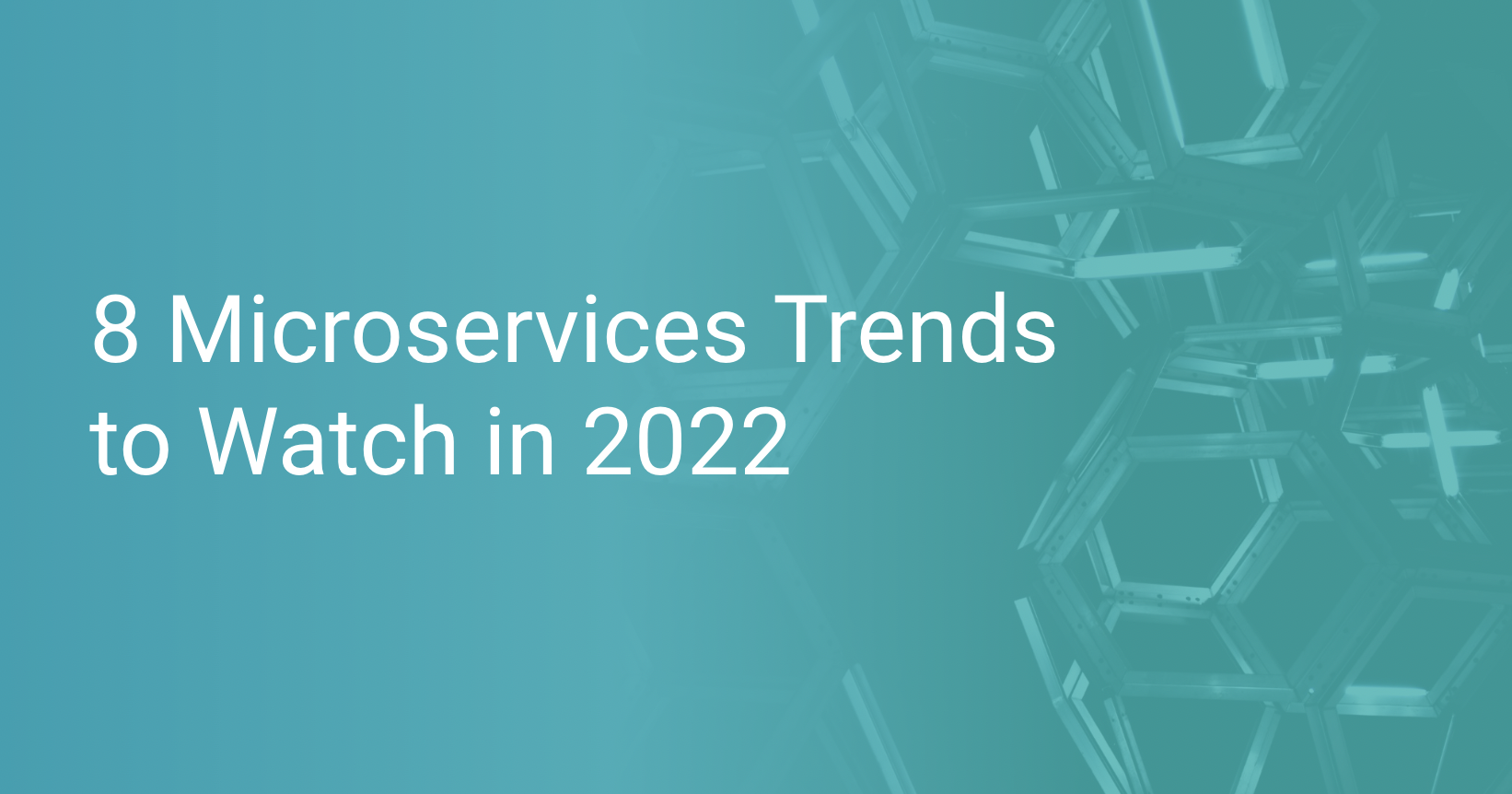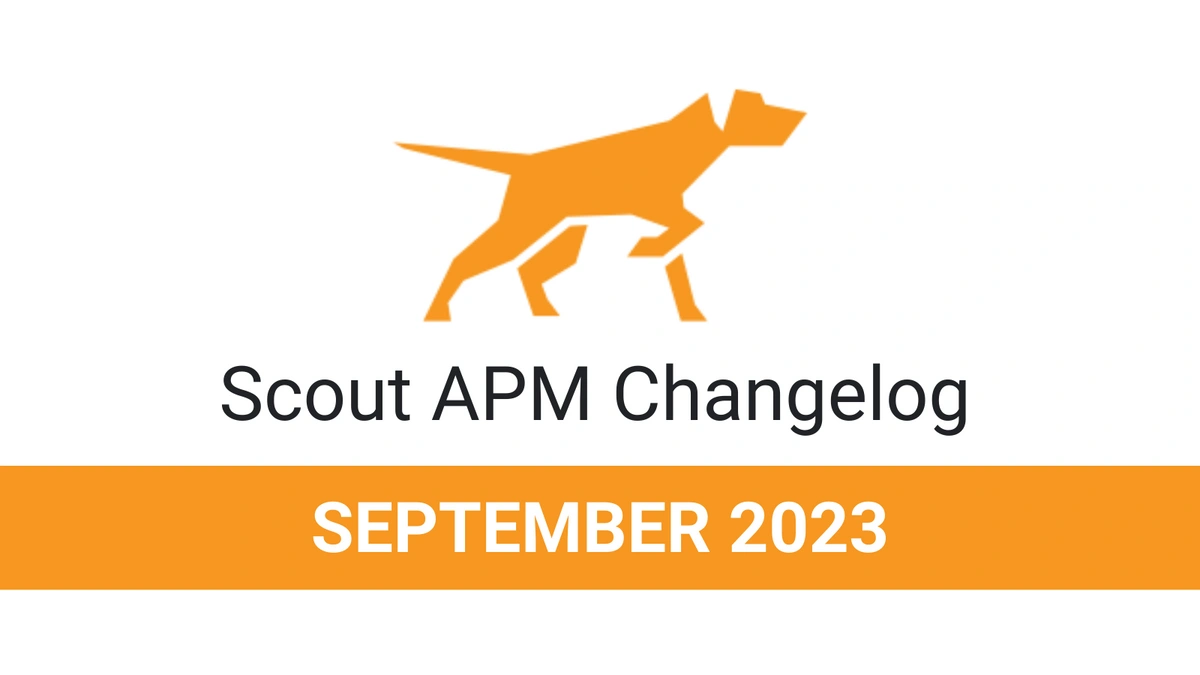8 Microservices Trends to Watch in 2022

If you have been following technological trends over the years, then you must have come across the word: microservices. Popularly known as microservices architecture, microservices replaced monolithic architectures. With software development becoming more complex by the day, software applications require regular updates and improvements. To simplify this process, applications are now developed by breaking it down into smaller components that collectively work to serve their users. Code, system tools, libraries, and anything else related to building your app are packaged into containers. Through this method, applications can be built more easily and more manageable in terms of maintenance.
The philosophy backing microservices’ style is that smaller applications work together by communicating with each other. This communication happens through language-independent interfaces or Application Programming Interface (APIs). In doing so, developers can make scalable software. They can develop the architecture over time, improving it as they go, without the need to delete everything previously done entirely. It is as simple as breaking down the processes into smaller tasks and parts and working on them independently before moving on to the next.
You can customize microservice structures to your liking, and you can structure them into the vertical levels of:
- Central services that manage the persistence of business-related data and set and apply rules and logic
- Composite services that organize services to complete a task
- API services that permit third-party applications to help develop creative applications
Alternatively, microservices can have a horizontal structure that would require designing a structure based on domains needed to serve the logic of the business functionalities.
What is great about microservice architecture is that it allows you to make small changes as you go. You do not have to spend a lot of time on building a complete system. You can also test out features easily. When you make changes, it will not affect the entire system either. It shortens your release cycle and helps you reach the market faster.
With microservices, you can avail the following advantages:
- Agile: Microservice architecture is agile and supports complex systems that demand high security and flexibility towards every changing as well as evolving complexity. It makes it easy to integrate multiple systems.
- Improved Tolerance for Faults: Apps can defend themselves better against errors through containerized systems. It can be done so much easier compared to previous monolithic architecture-based applications. Since the microservice environment runs autonomously, it is less likely to face a series of faults, slowdowns, and breakdowns. You can manage your errors with more accuracy and expeditiously. This also ensures that there are fewer downtimes so that your customers do not get disturbed by a lack of service.
- Fast Delivery: Since you are building and deploying your app bit by bit, it allows you to develop and upgrade faster. In doing so, you won’t be negatively impacting other parts of the system as well. This way, you can reach your customers faster and improve their user experience by connecting with the way they use the app easily.
- Cost-Effective Service Provision: Microservice architecture cost companies based on what is required. So it becomes easy for your customers to customize a payment package for themselves. It can gear towards certain functionalities or requirements, such as the amount of GBs they need for the service. This gives the user autonomy and control over how much they would spend on the app.
- Update Regularly and Conveniently: Microservice apps can be updated easily as developers work on one part of the app. Developers do not have to recreate or redesign the whole system, as they work on one microservice, make relevant updates and then release it. What is great about this system is that it gives developers the freedom to test their code out. It does not affect the app environment. So developers can see if the update works according to their satisfaction before releasing it.
- Ease of Testing: One of the best things about microservices is the ease of testing. Since developers are focused on one part of the system when upgrading, you can easily test a small part of the system before releasing it.
Major IT companies around the world are doing adoption of microservice architecture. This includes Netflix, Amazon, SoundCloud, Uber, Spotify, and eBay. More are joining in. The flexibility it offers to the company and its users is why companies are making that switch.
2022’s Microservice Calling
In 2022, if you are entering the microservice architecture world, then here are some trends that you should keep an eye out for.
Observability Tools
Observability is the ability to use external outputs to determine the internal states of a system. This means how do you know how your system is working. The way to determine that is to test the system and analyze the output to see if you are getting the desired results. Now observability goes hand in hand with microservice. In 2022, the need for observability will be increasing in tandem with the growing trends for microservices, such as Kubernetes.
There is a democratization of data that makes observability easily accessible for all. Open source and paid tools are on the rise for developers. Compared to traditional monitoring, observability supports the team throughout the entire software development life cycle. Its popularity is increasing because the advantage of observability is that it is critical to every stage. It fosters collaboration between different members of the engineering and operations team in the company and supports the various containers in the system. Observability shines a light on the dependencies and ensures that the company makes informed decisions.
Kubernetes
Kubernetes is a hot open-source project. Many developers agree, says Javier Perez, Chief Evangelist of Open Source and API Management for Perforce Software. It is a transportable system, also known as a container-as-a-service platform. By using Kubernetes, developers use containerized services and incorporate automated deployment, management, and application scaling.
Kubernetes has been on the rise for the past couple of years. While the past year was an exciting time for Kubernetes, 2022 continues to see it expand. Monitoring with Kubernetes is becoming easier, and because it is open-source, it attracts many developers to utilize it. Companies will also incorporate it because it allows them to save expenses and redirect them to other investments.
This is how Kubernetes, or K8s, works: If any container that operates the application starts to slow down, the K8s engine provisions another container to rise quickly to prevent downtime. It also forces a restart of the abandoned containers. The crashed containers are destroyed as required. K8s supports and accommodates constant and continuous deployment. This deployment is supplemented by load balancing and network traffic distribution when there is high traffic so that your app is working smoothly.
K8s is so customizable, allowing you to mount your choice of a storage system. Its many benefits to support developers in their microservice journey is what makes 2022 an exciting year for Kubernetes. It might be the most popular trend for microservices.
Serverless Architecture
While serverless architecture or computing has been around for more than a decade, it is still an emerging trend. Serverless architecture is essentially a method of building and running applications and services without the need for your company to manage infrastructure. While the application will still require servers, the server management is done by a third party, for example, AWS. It is often known as Function as a Service, FaaS. This way, the developers do not have to manage the hardware and software for the application. It can be virtual or physical, but it is a service provider’s job to take care of it.
Serverless architecture is a method through which you can host a microservice. It is gaining popularity because of the convenience it provides. With the headache of managing infrastructure hardware taken away from the equation, the company’s team can focus on their business concerns. Developers work on their code, create backend applications, design event management routines, and analyze and process their data smoothly. They rely on third-party providers to ensure that the servers, virtual machines, and compute resources are working optimally.
It makes scaling up easy and fast, allowing the company to grow. The collaboration of serverless architecture with microservice will create a synergy that supports the IT industry in the future. It seems that it will become an implementation detail in the future, second nature to developers, making it easy for their applications to scale up and be reliable.
Artificial Intelligence Operations
Artificial Intelligence Operations or AIOps refers to an umbrella term that covers artificial intelligence, machine learning (ML), and big data analytics. These technologies are used to automate the identification and resolution of very common IT issues. Data is analyzed by AI, which seeks out patterns and finds the root cause for existing problems. Using the same data, AI can anticipate future errors, ensuring that they are fixed before they wreak havoc in the application’s environment. AIOps supports the classification and prevention of failures. It can automatically shut down unused resources so that you can save costs. With the use of AIOps, productivity develops.
Technological advances are supporting the growth in the adoption of artificial intelligence. Two important things are there to look forward to in the future. The first one is the improvements and development of Large Language Models (LLMs) and Multimodal AI. LLMs will be improving conversational AIs, and it is quickly becoming the foundation for the next generation of conversational AI tools. Multimodal AI is also on the rise. This means that these tools can be used for AIOps as it develops. The second is the streamlining and simplification of Machine Learning. When Machine Learning becomes simplified, it becomes much easy for AIOps to evolve to become better and more productive.
Service Mesh
Service mesh is a platform layer on top of the infrastructure layer. It enables managed, observable, and secure communication between individual services in the application environment. It makes communication fast and manages the network of containerized services. Developers can use this layer to see how the different elements in the application interact with each other.
Without the service mesh, it will become difficult for data to travel through the system. The use of service mesh will increase as more and more developers opt for microservice architecture. With the adoption of this system, developers will be working with multiple services and APIs. Communication between these services needs to be managed well. This is where the service mesh will be of utmost support. So expect that in 2022 developers will incorporate this into their structures.
Low Code APIs
The development environments are moving towards adopting more low-code software. It is predicted that the majority will do so by the end of the year. Low Code APIs are an easy hack as it saves developers time by having them bypass the remedial parts of developing an application. It allows them to focus on the challenging part of the development. Again, this moves towards improving productivity, which is why it is becoming more and more popular. While Low Code APIs are sometimes seen as a threat to developers, it makes the development smoother, agile, less costly, and makes it easier to save time and make quick changes. This can be done through the drag and drop interface and visual modeling.
DevOps and DevSecOps
DevOps is a portmanteau of the words development and operations. It is a process in which software development encourages a range of cultural practices that leverage the advantages of both the developing team and the operations team for continuous delivery of software. It automates deployments and standardizes the production environments. It ensures that time is not wasted, and the collaboration between the two teams fosters creativity. DevOps has been trending for a while now, and it seems that with more focus on microservices, the more this practice is going to be appreciated.
With DevOps, another term is also growing, which is DevSecOps. This is the inclusion of security. This is also rapidly making its way into companies’ organization charts. As systems become more and more complex, security risks are also increasing. Security’s inclusion in DevOps will allow for better protection of the software.
Continuous Integration and Continuous Deployment
Continuous Integration (CI) and continuous deployment (CD) will be a practice that gets popular just as microservices become popular. CI is the practice of developers integrating changes, while CD is the automated process where a fully functional build goes into production. This practice ensures continuous improvement in the system.
Get the Tools You Need to Adapt in 2022
Let’s face it, many IT companies have made the switch from monolith architectures to microservice architectures. The convenience in management, development, and deployment allows so much flexibility for both a software company’s development team and its customers. With benefits and applauses pouring in for microservices, it is no wonder it is becoming trendy with each coming day. Experts predict that by 2022, 90% of applications will deploy using microservice architecture. If you want to have a competitive advantage in your microservice game, then be sure to follow the trends mentioned here!





